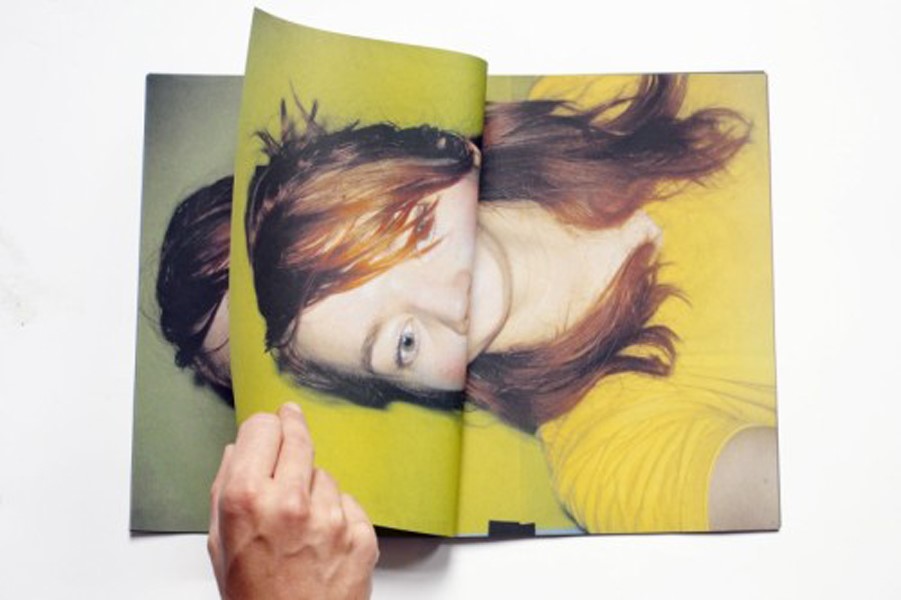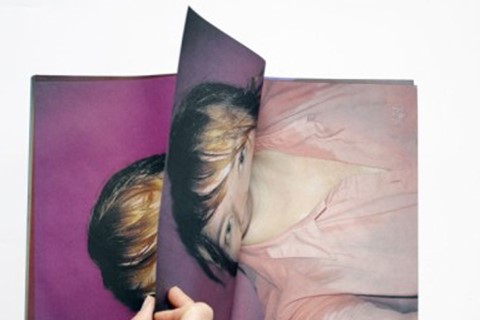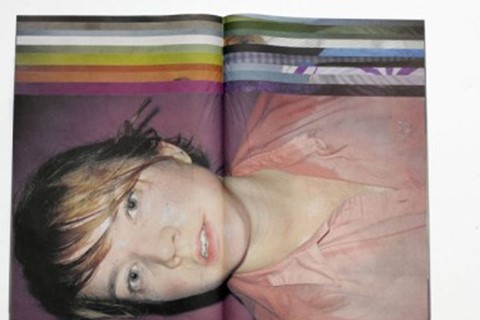Each spring, the lovely French coastal village of Hyères is transformed into a hub of international photographers and fashion designers, as the Festival International de Mode et de Photographie converts the town’s cobblestone alleys...
Each spring, the lovely French coastal village of Hyères (ee-yair, if you feel like butchering the French pronunciation) is transformed into a hub of international photographers and fashion designers, as the Festival International de Mode et de Photographie converts the town’s cobblestone alleys into catwalks and its grand modernist villa into a multi-chambered gallery. Amid exhibitions by top designers and photographers – this year’s included Raf Simons, Daniel Sannwald and Bless – ten emerging photographers and ten fashion designers compete separately for a coveted grand prix du jury. This year, the honour went to Berlin-based Dutch photographer Anouk Kruithof, whose booklet of self-portraits in varying states of candy-hued fatigue garnered not only the jury prize, but a yearlong residency at the School of Visual Arts in New York, as well. AnOther checked in with Kruithof to discuss her plans for life after Hyères.
Tell me about the work you presented in Hyères.
The Daily Exhaustion is a small newspaper that contains 23 self-portraits, in which I exhaust myself by doing intense hardcore spinning (indoor cycling to music). The resulting sweaty state is real, but more importantly, the work is a metaphor for an emotional state of mental exhaustion. When you browse through the publication, you will pass a gradual colour spectrum that represents the stratification of human energy.
What are you working on now that you’re back in Berlin?
Next week I am launching a publication I made in collaboration with my intern Sascha Landshoff called 'Happy birthday to you/Lang zal ze leven'. I spent three months as an artist-in-residence at Het vijfde seizoen, at a mental institution in the Netherlands. I asked ten psychiatric patients whose birthdays fell in the first three months of 2011 about their wishes for their upcoming birthday. Then I celebrated their birthday in the way they wanted to have it. It is more a conceptual social project, rather than a photographic project. The jury members in Hyères were very interested in it.
What I’ve noticed about your work is that you don’t seem to be a photographer in a traditional or formal sense. I get the impression that you are an artist who uses photography as a medium or tool, rather than an end in itself. Can you talk a bit about the process of documenting your work, and how big a role the final image has in the work itself?
You are right. Though I have a photography background, and photography plays an important role in my work, to me the photo itself is rarely the final result. I am often unsatisfied with just a photograph, which is why much of my work ends up as representation or documentation: frames into frames or photographic installations in a space. Sometimes pieces of photos transform into sculptural works, wallpaper, posters, installations, leaflets loose in books or reproductions on the wall. The photo to me is a starting point.
Who was the first person you called when you found out you won?
I called my parents when I discovered I'd won the two prizes! Beside the grand prix du jury, I also won a stipendium at Hyères. The prize was given by Stephen Frailey, head of the photography department at the School of Visual Arts in New York and includes a one-year residency for emerging international photographers.
What’s next for you?
In August, September and October my next exhibitions open. One of them is a big group show at FOAM called Still-life, Dutch Contemporary Photography, where I will show my video installation Stable State, 2010 and a new work called The eruption of a flexible wall (soft and hard), consisting of two photos printed on big wallpaper and mounted on two walls. After that, I will move to New York!
Text by Julie Cirelli



